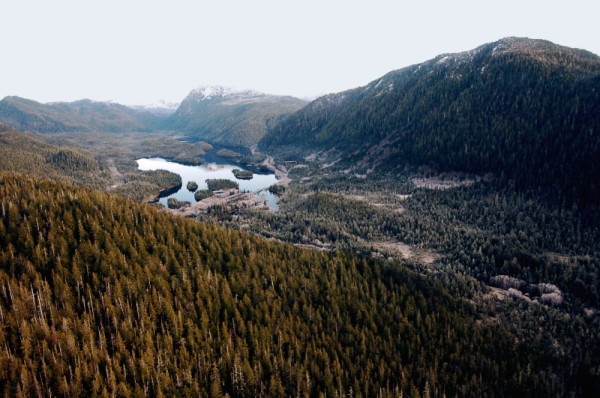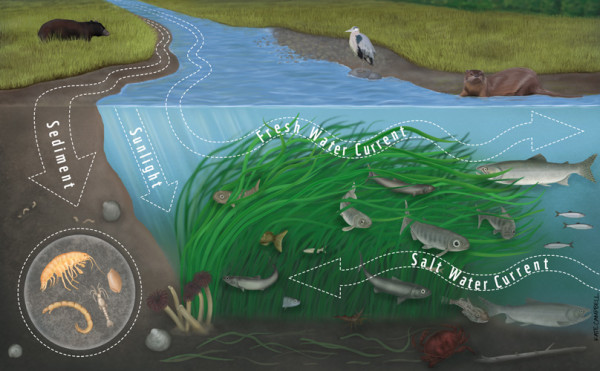Looking for fair development in the Skeena Estuary
Fairness is central to our notions of right and wrong. We judge people all the time based on whether we think their actions were fair. Did the father fairly distribute the candy to his kids? Was the referee fairly applying the rules of the game to both teams? There are countless judgements we make based on the notion of fairness.
It should come as no surprise then that the notion of fairness is often applied in determining how we use our rivers. Since rivers are corridors through which impacts flow downstream, or fish swim upstream, the question is often asked; are communities enjoying a fair portion of the benefit, given the impacts they are experiencing originate somewhere else?
Estuaries are where rivers flow into the sea and they are some of the world’s most productive habitat. Millions of salmon making the journey from river to sea need to pass through an estuary. Millions of migrating birds use estuaries as place to stop and feed on their annual migrations. Estuaries fed by healthy rivers are teeming with life but can be transformed into hazardous bottlenecks for migrating species if we don’t protect them.
When an estuary is threatened by development, people all along the river stand to suffer. One recent example comes from a proposed Liquefied Natural Gas Facility in the Skeena Estuary. The company has touted local jobs that will be generated but has neglected to address the impact on communities up the river that might result from a decline in returning salmon. With the project located on prime habitat for millions of migrating salmon, the list of potentially affected groups includes everybody in the watershed. To fairly consider the risk of this type of project the possible threats to people throughout the watershed need to be considered.
Tools do exist to address these concerns: A protection zone for the Skeena estuary has been proposed through the Marine Planning Partnership and across B.C. the new Water Sustainability Act requires the consideration of environmental flow needs when allocating water. What is needed is for decision makers to be fair in considering the cumulative impacts and benefits that come from using our rivers, to consider impacts that flow beyond the boundaries of a particular project into the wider ecosystem. If this were to happen then British Columbians will continue to enjoy the benefits that healthy interconnected rivers provide.



